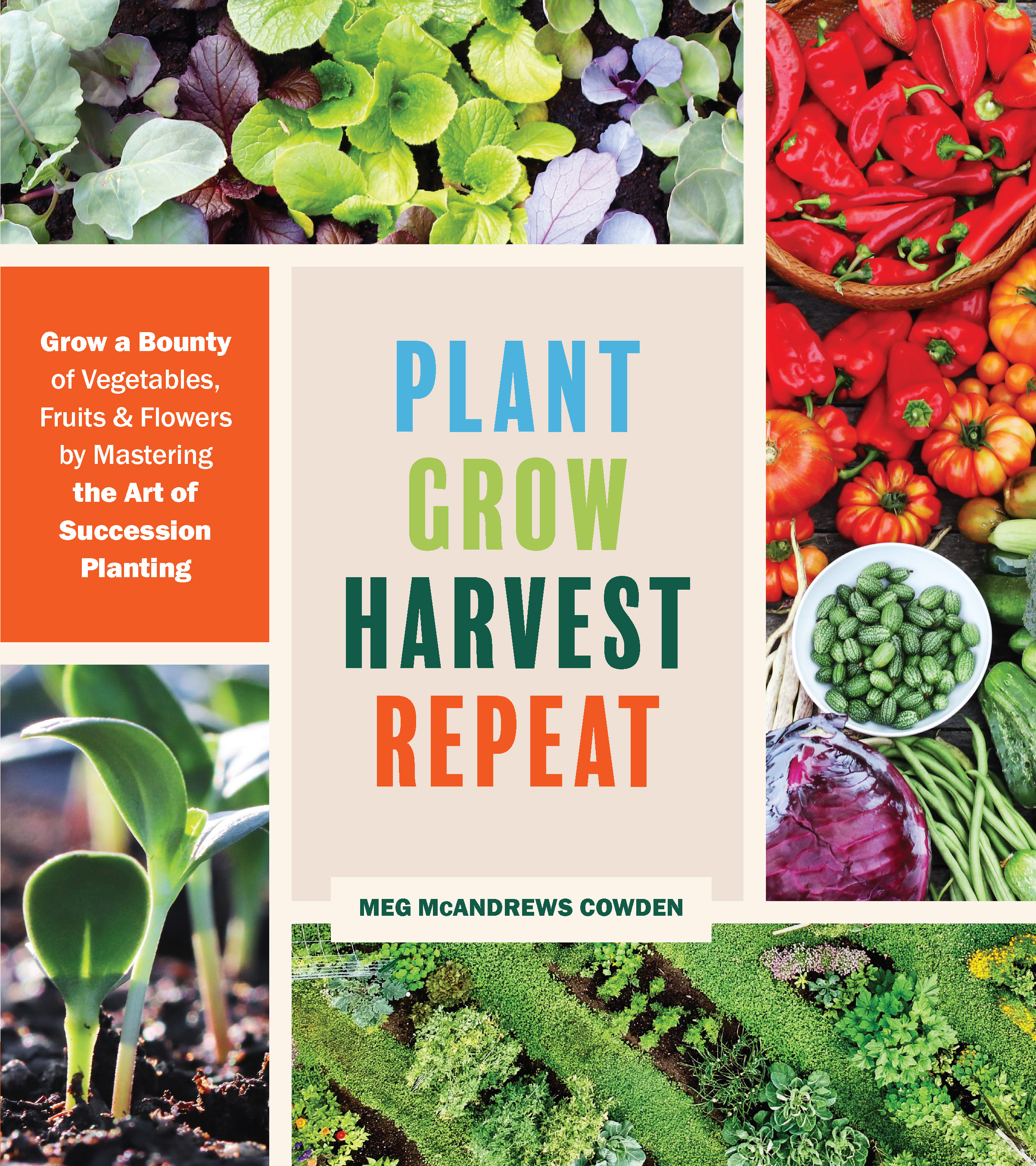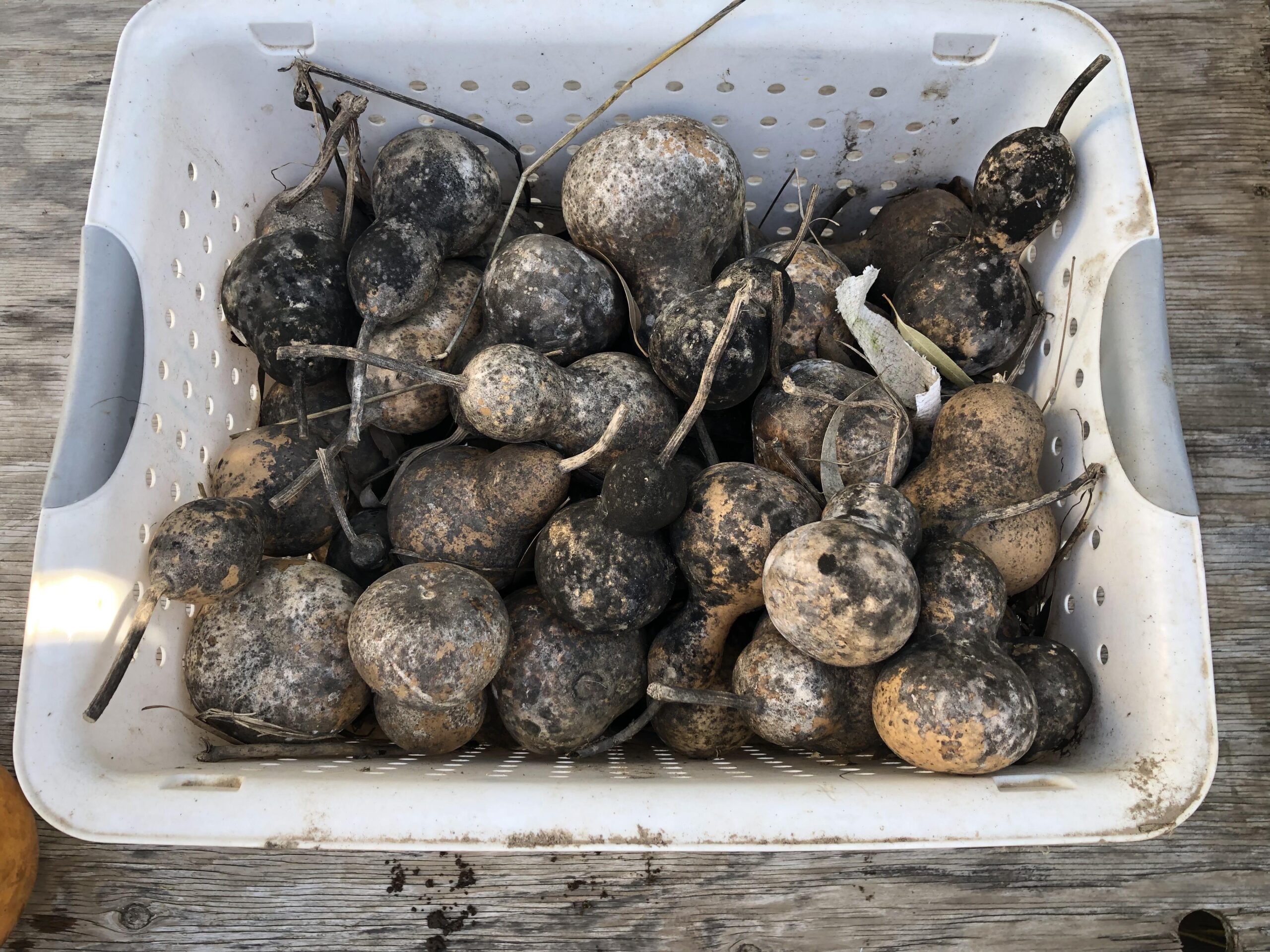Are you ready to transform your garden into a vibrant display of nutritious, delicious root vegetables? Whether you’re an experienced gardener or a novice with a green thumb, cultivating your own root vegetables is a rewarding and worthwhile endeavor. Let’s explore the steps to create a bountiful harvest of these earthy delights.
Choosing the Right Varieties
When embarking on your root vegetable growing journey, it’s crucial to select the right varieties for your garden. Some popular options include:
| Root Vegetable | Best Varieties |
|---|---|
| Carrots | Scarlet Nantes, Cosmic Purple, Atomic Red |
| Potatoes | Russet, Yukon Gold, Red Pontiac |
| Beets | Detroit Dark Red, Golden Hybrid, Chioggia |
Choose varieties that thrive in your growing zone and soil type. Consider the flavors and colors you desire, and of course, the space available in your garden.
Preparing the Soil
Before planting your root vegetables, it’s essential to prepare the soil to provide an optimal growing environment. The following steps can help you achieve this:
- Clear the area of any weeds or debris.
- Loosen the soil to a depth of at least 8 inches to promote healthy root development.
- Incorporate organic matter, such as compost or well-rotted manure, to enhance soil fertility.
- Ensure proper drainage to prevent waterlogging, which can lead to rotting of the roots.

Credit: www.amazon.com
Planting Your Root Vegetables
Now that your soil is primed and ready, it’s time to plant your chosen root vegetables. Follow these general planting guidelines:
- Sow seeds at the recommended depth for each vegetable, typically ranging from 1/2 inch to 1 inch.
- Space out the seeds or seedlings according to the specific requirements for each variety, allowing ample room for growth.
- Keep the soil consistently moist during the germination period, which may vary depending on the vegetable.
- Consider intercropping with companion plants to maximize garden space and deter pests.
By adhering to these planting instructions, you’ll lay the groundwork for a flourishing crop of root vegetables.
Maintenance and Care
Once your root vegetables are in the ground, ongoing maintenance is crucial for their success. Here are some essential care tips:
- Regularly water the plants, aiming for a steady supply of moisture without waterlogging.
- Apply a layer of mulch to conserve moisture, suppress weed growth, and regulate soil temperature.
- Monitor for pests and diseases, and take appropriate measures to address any issues promptly.
- As the plants mature, thin them out to provide adequate space for the roots to develop properly.

Credit: www.goodreads.com
Harvesting and Storage
When the time comes to harvest your delectable root vegetables, here’s what you need to know:
- Harvest at the peak of maturity for the best flavor and nutritional content.
- Use a garden fork or trowel to gently lift the roots from the soil, taking care not to bruise or damage them.
- Once harvested, remove the foliage and store the vegetables in a cool, dark, and well-ventilated space.
- Proper storage conditions can extend the shelf life of root vegetables, preserving their quality for an extended period.
Frequently Asked Questions On How To Create Root Vegetables: Master The Art Of Cultivating Nutrient-rich Harvest
How Do Root Vegetables Grow?
Root vegetables grow underground, deriving essential nutrients from the soil for their development.
What Are Common Root Vegetables?
Common root vegetables include carrots, potatoes, beets, radishes, and turnips.
How Do I Prepare Root Vegetables For Cooking?
To prepare root vegetables, wash, peel, and chop as desired. They can be roasted, boiled, or used in various dishes.
Are Root Vegetables Rich In Nutrients?
Yes, root vegetables are highly nutritious, rich in fiber, vitamins, minerals, and antioxidants beneficial for overall health.
Conclusion
Cultivating a successful crop of root vegetables is a gratifying experience that offers a wealth of culinary possibilities. By carefully selecting varieties, preparing the soil, planting with precision, providing attentive care, and mastering the art of harvesting and storage, you can enjoy a flavorful and abundant harvest of root vegetables straight from your own garden. So, roll up your sleeves, grab your gardening tools, and get ready to savor the fruits (or rather, the roots) of your labor!
